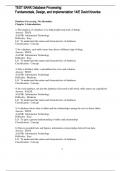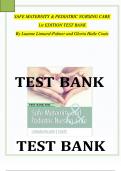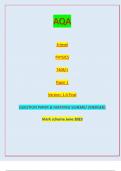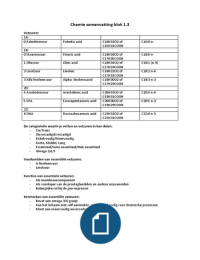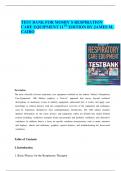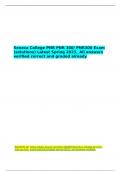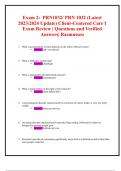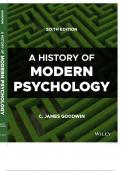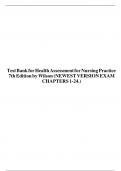Tentamen (uitwerkingen)
Test Bank For Database Processing: Fundamentals, Design, and Implementation 14th Edition by David Kroenke, isbn: 9780133876703.
- Vak
- Instelling
Tb, Test Bank For Database Processing: Fundamentals, Design, and Implementation 14th Edition by David Kroenke, David Auer. Database Processing 14e test bank. Kroenke 14e test bank for Database Processing.
[Meer zien]
